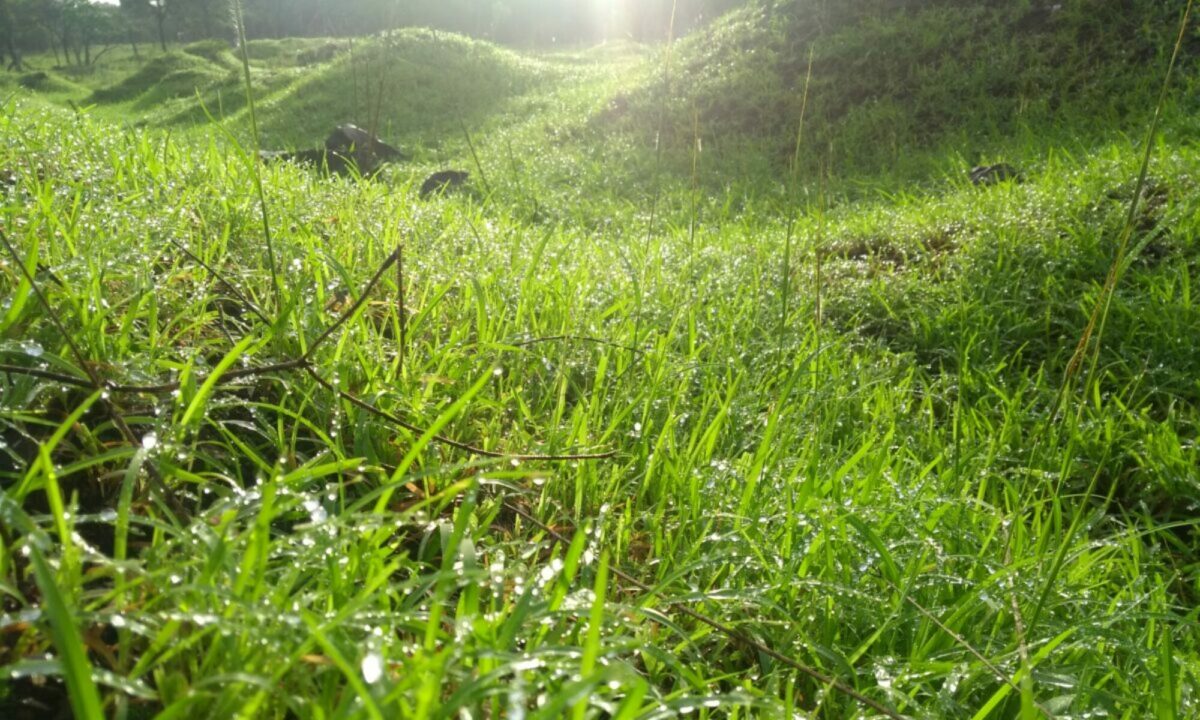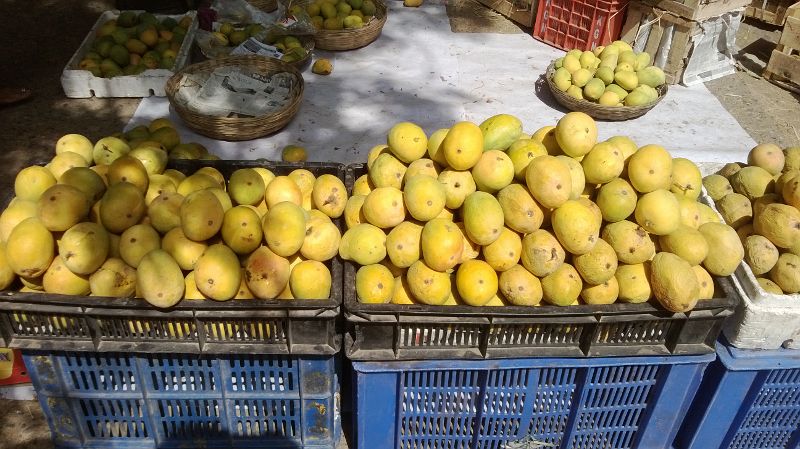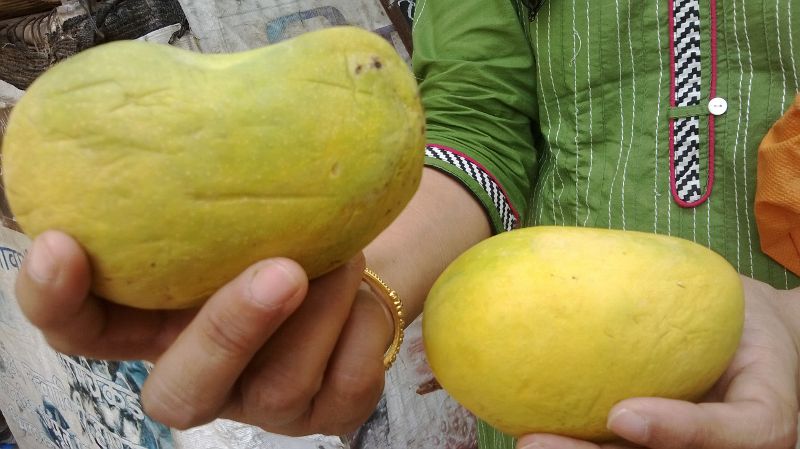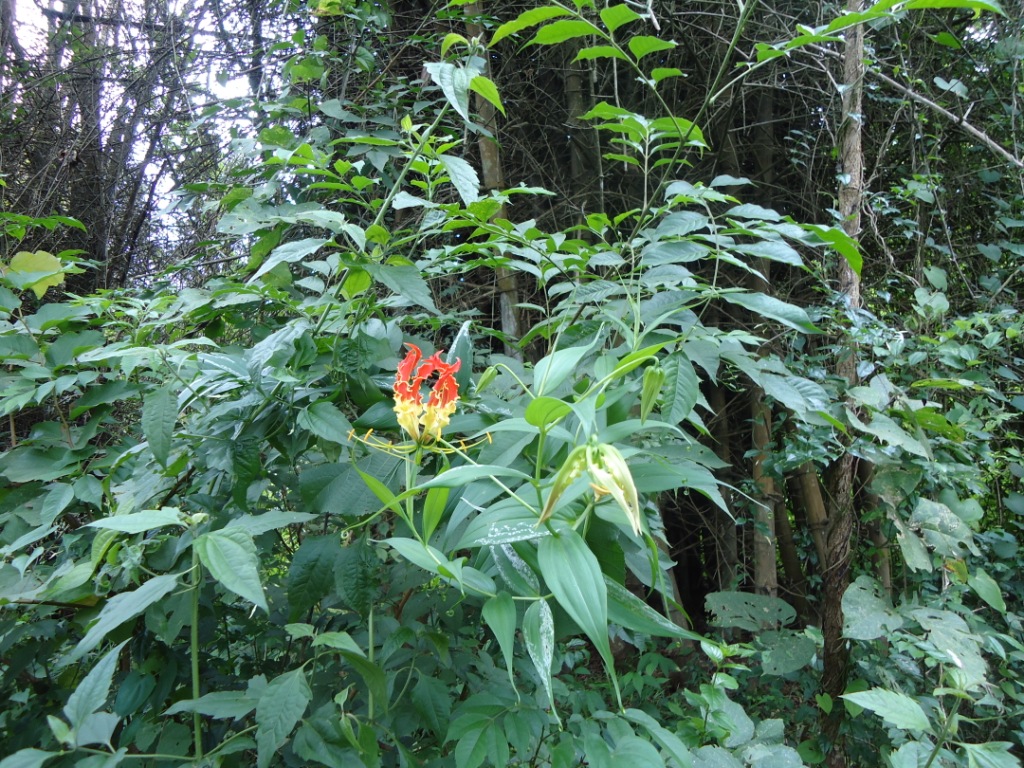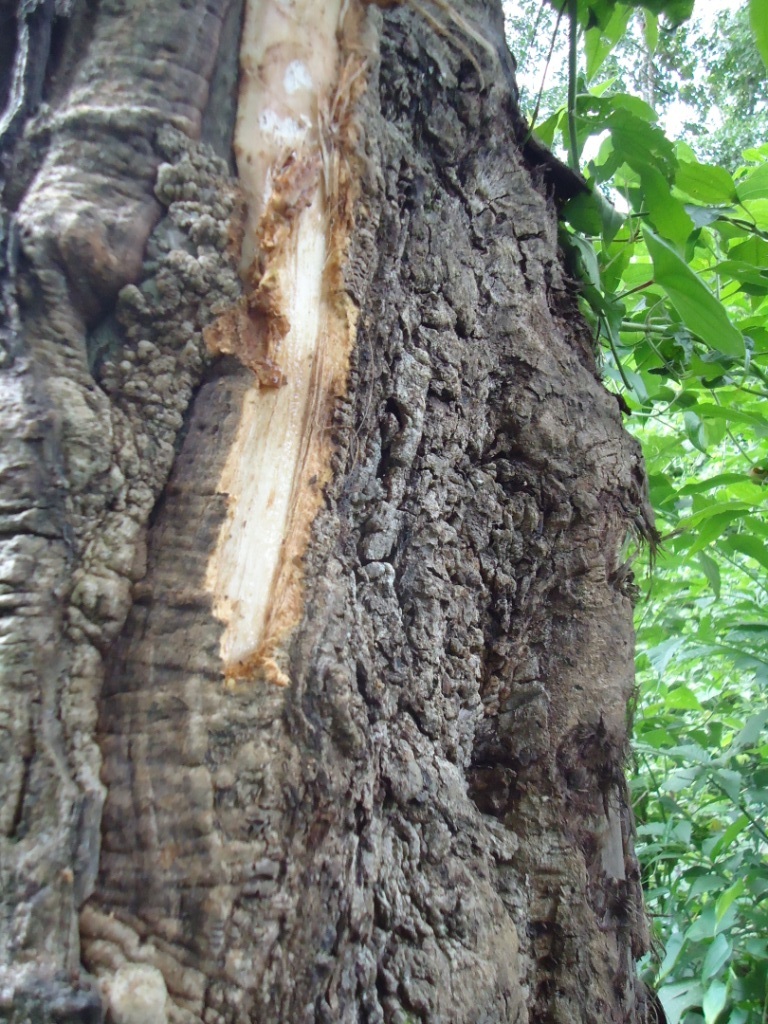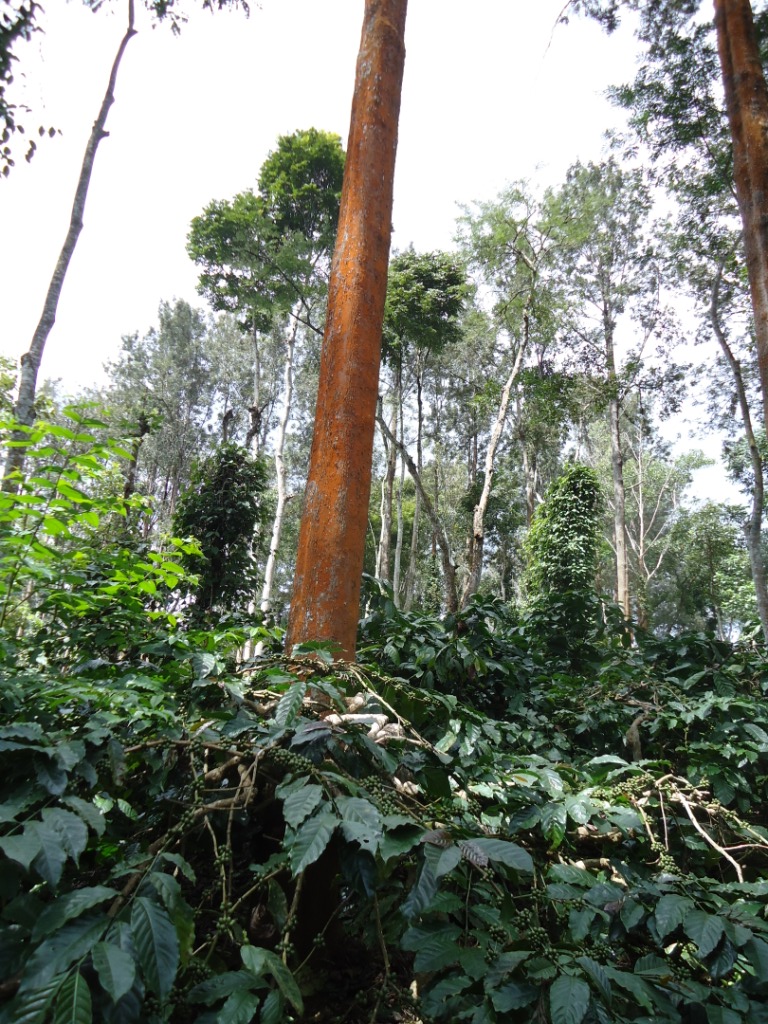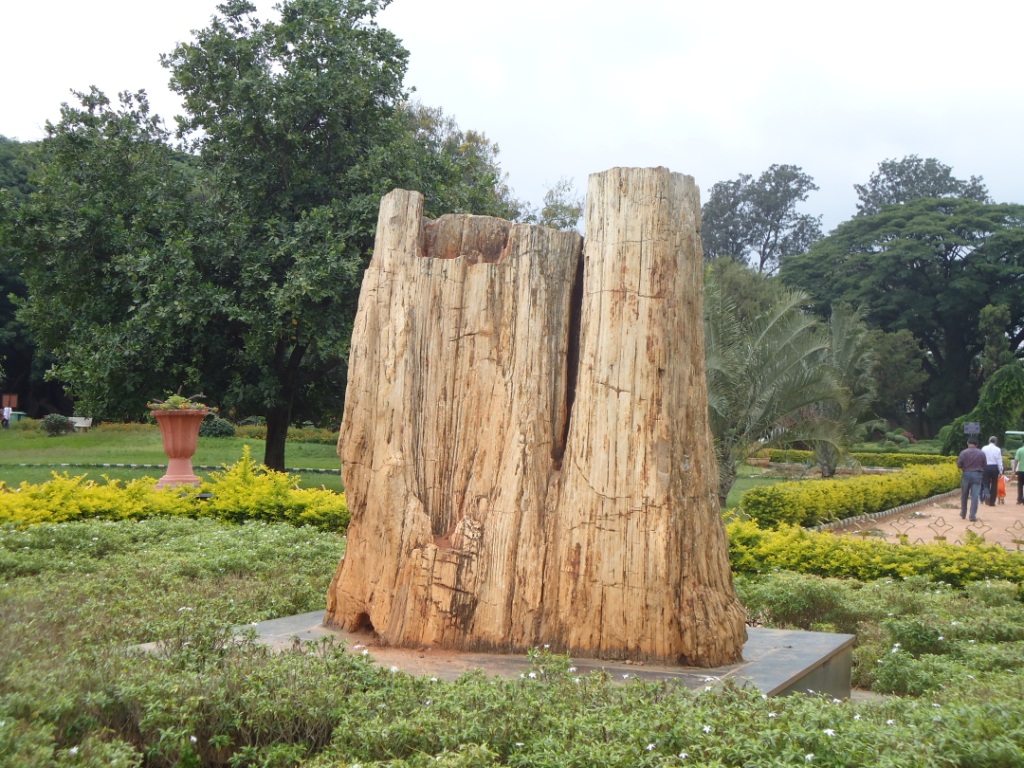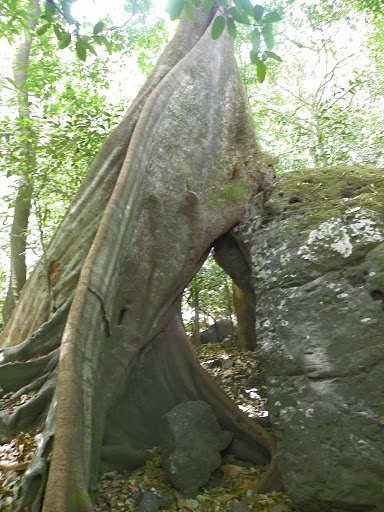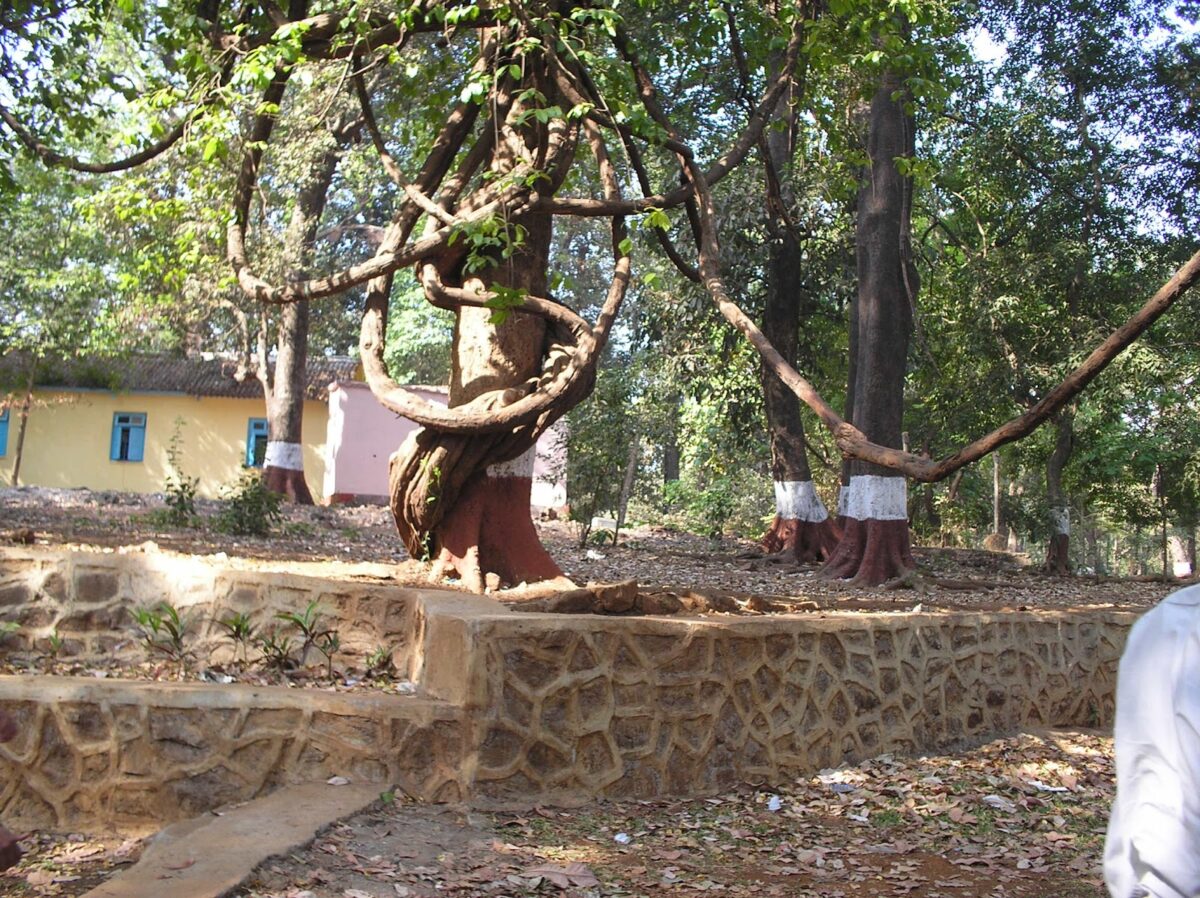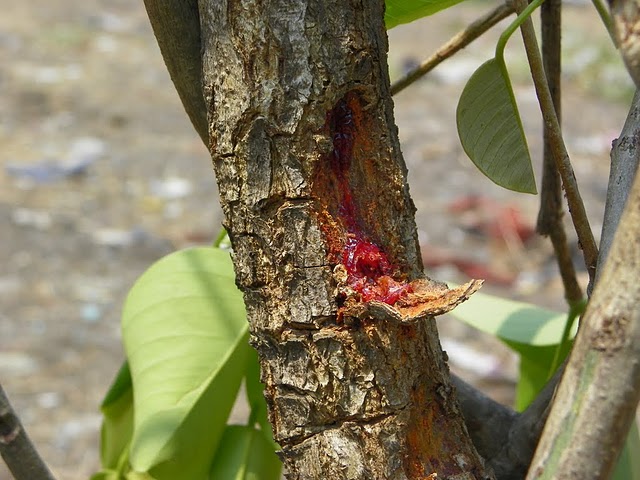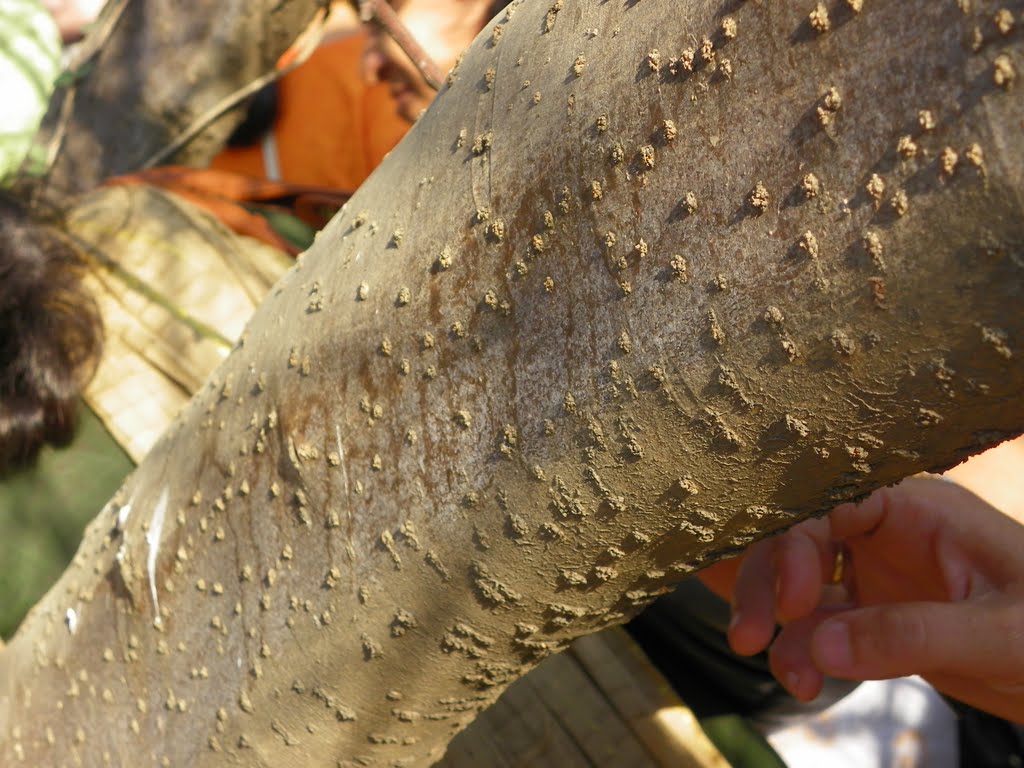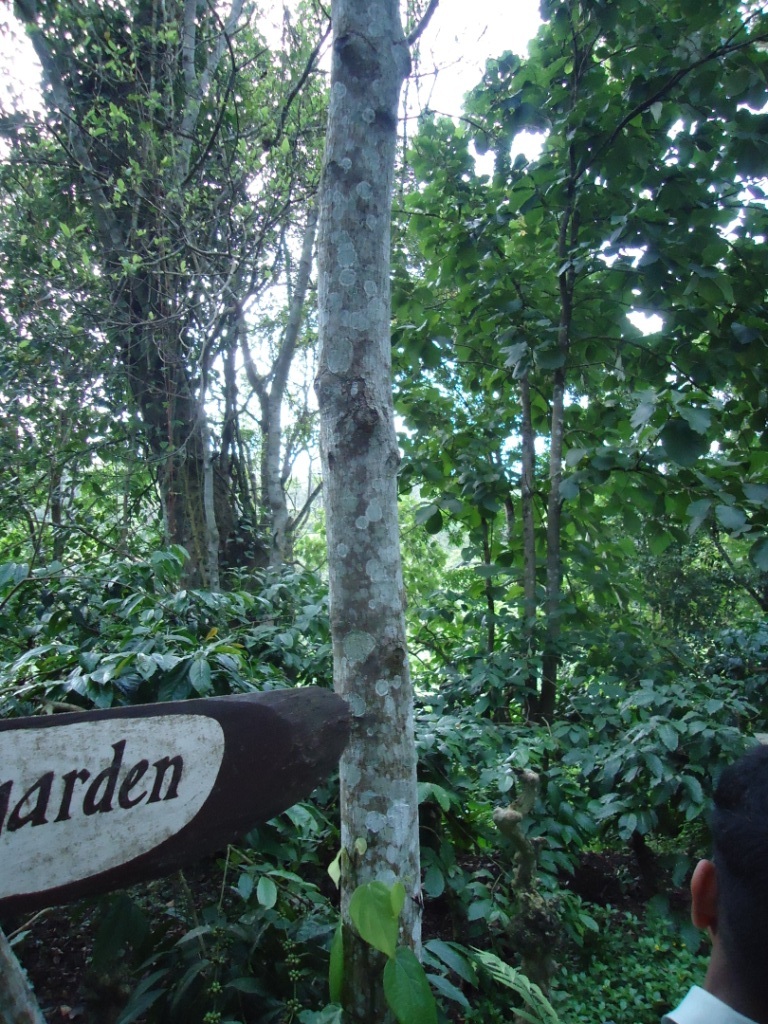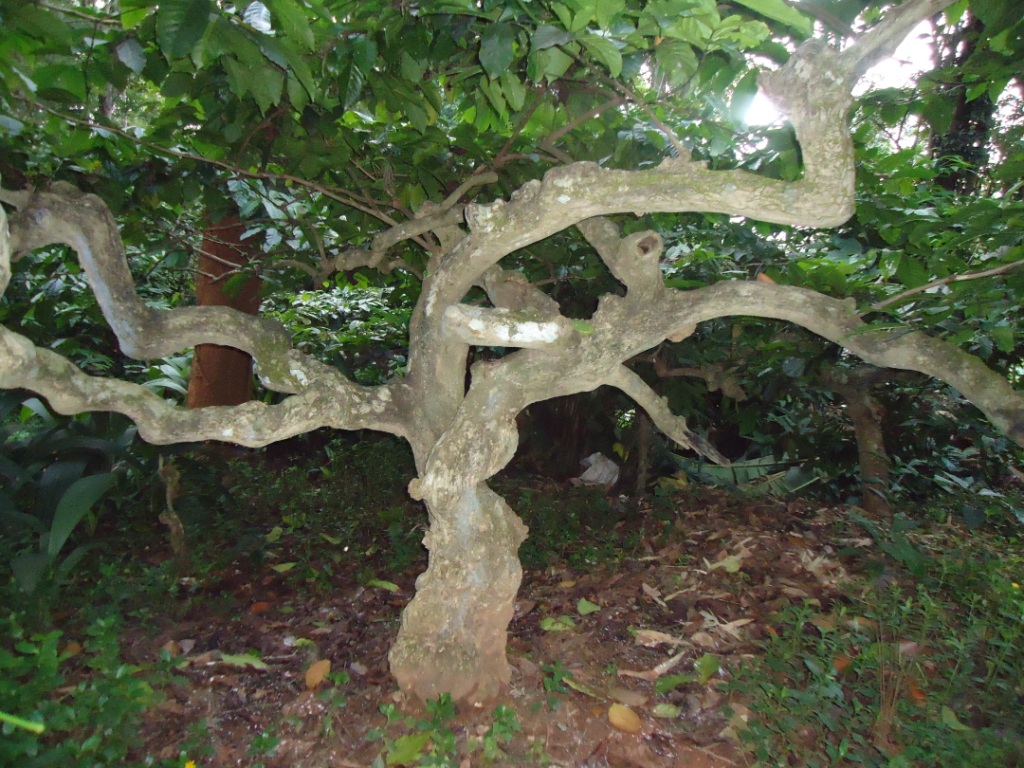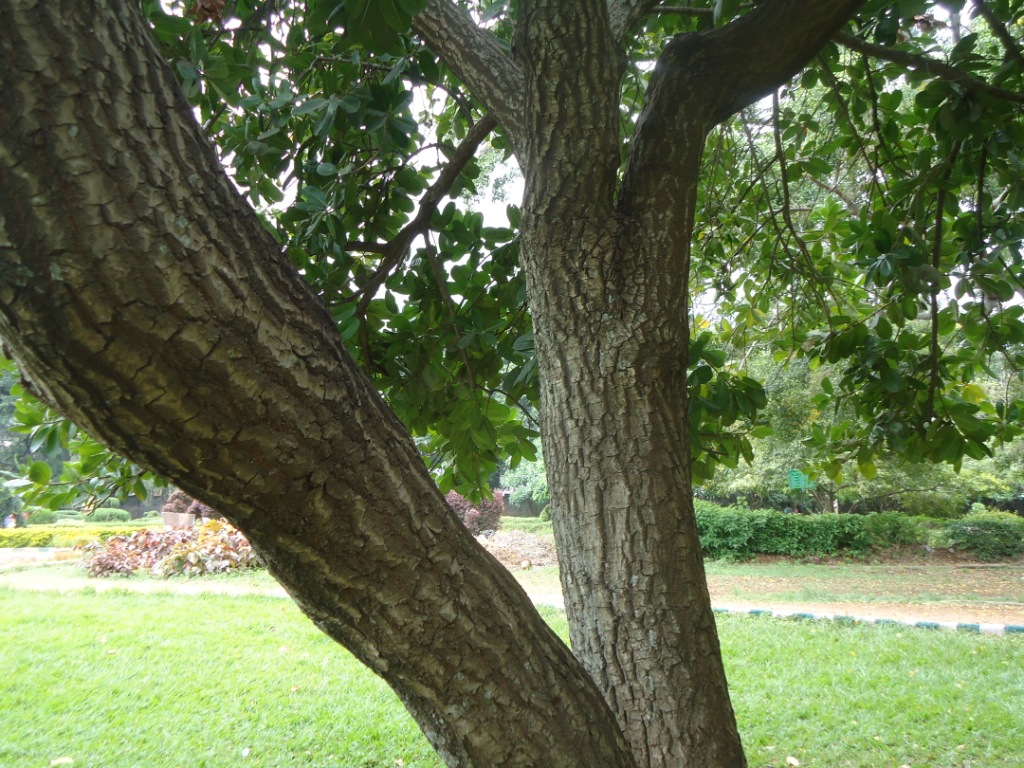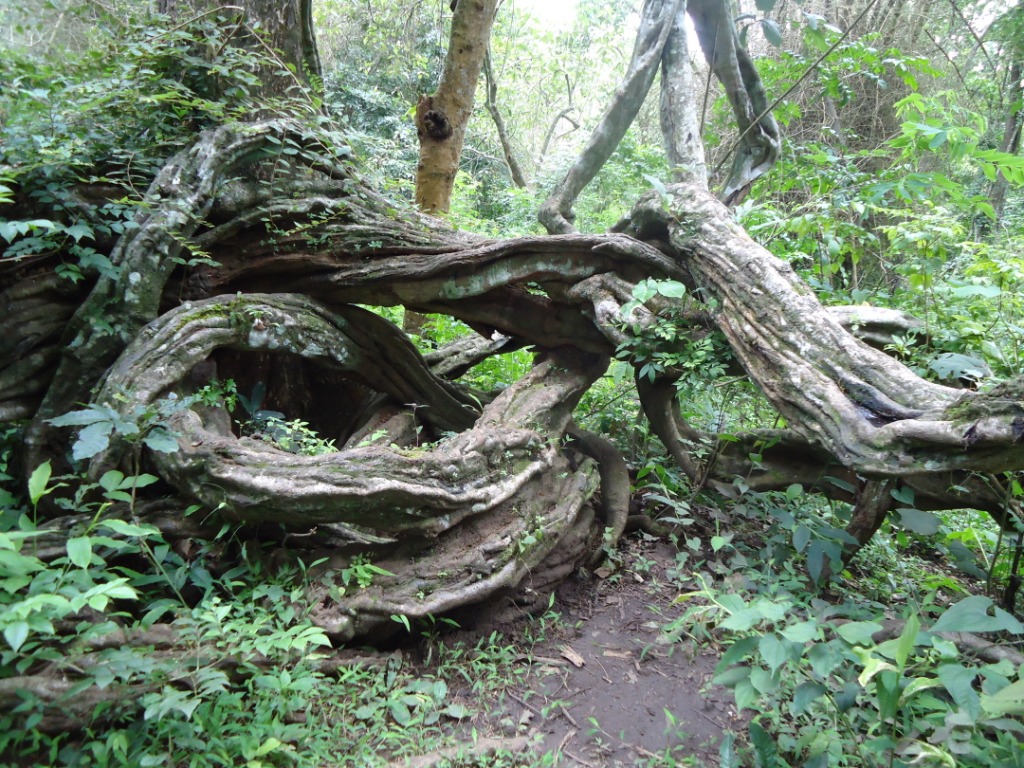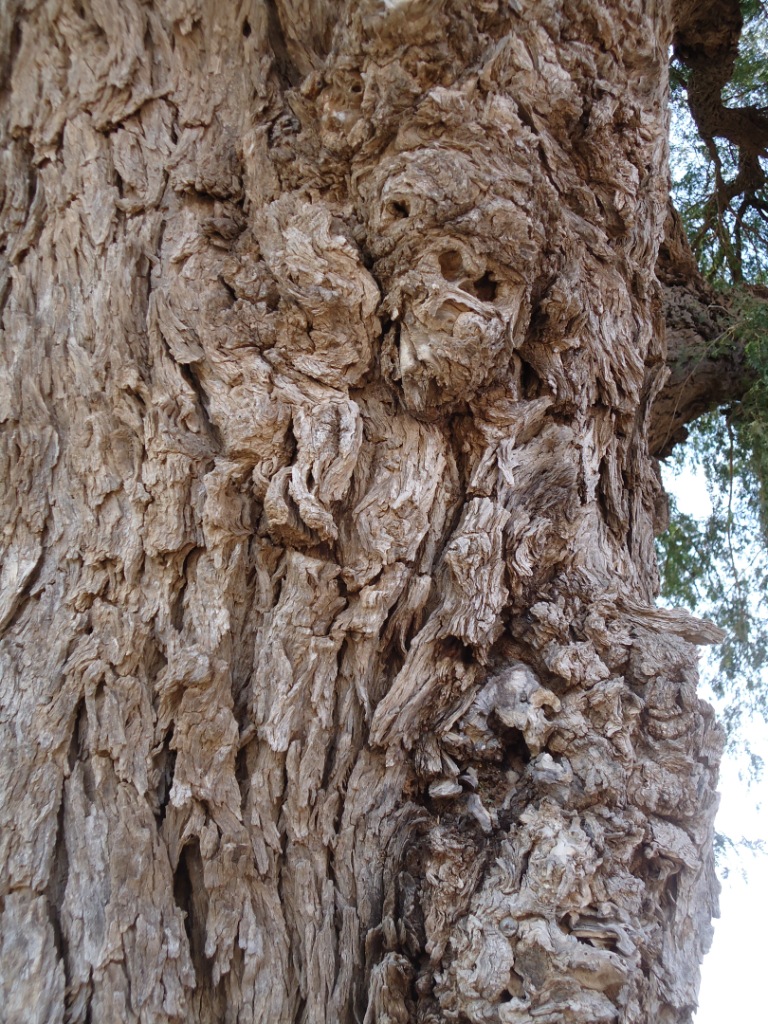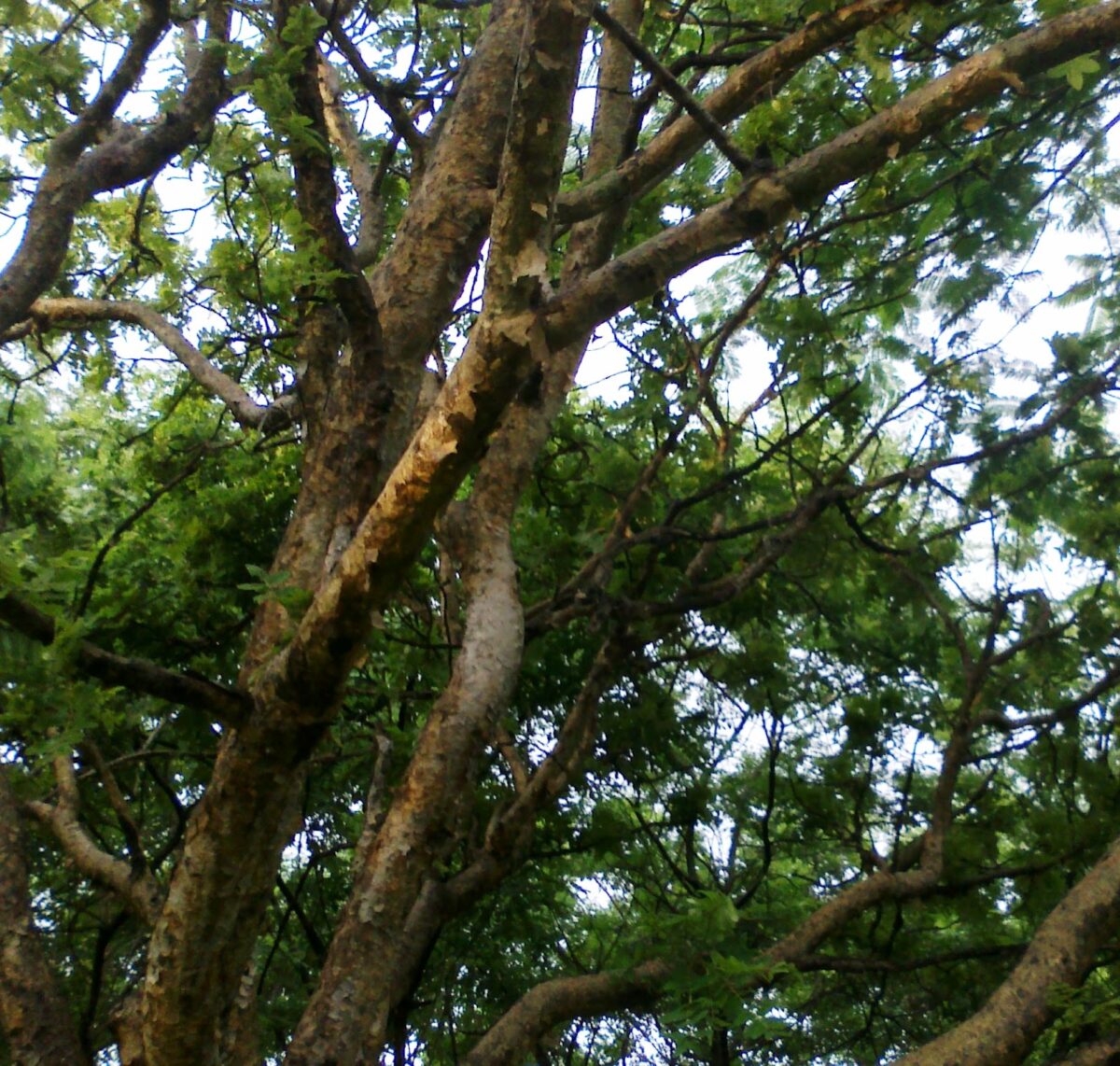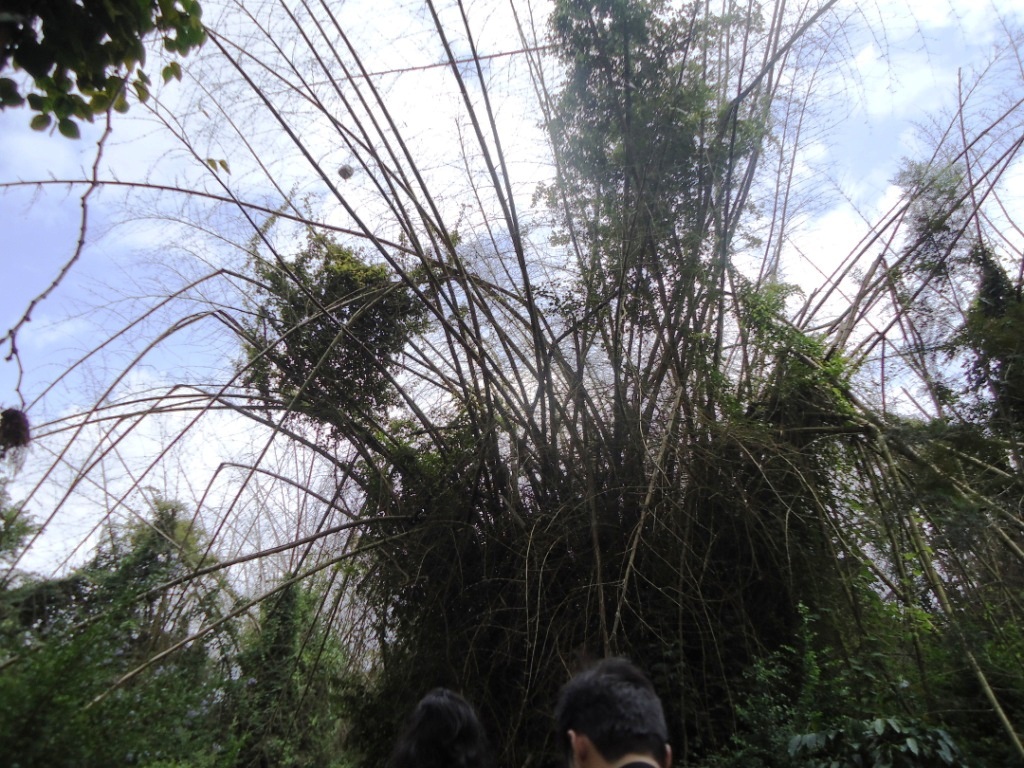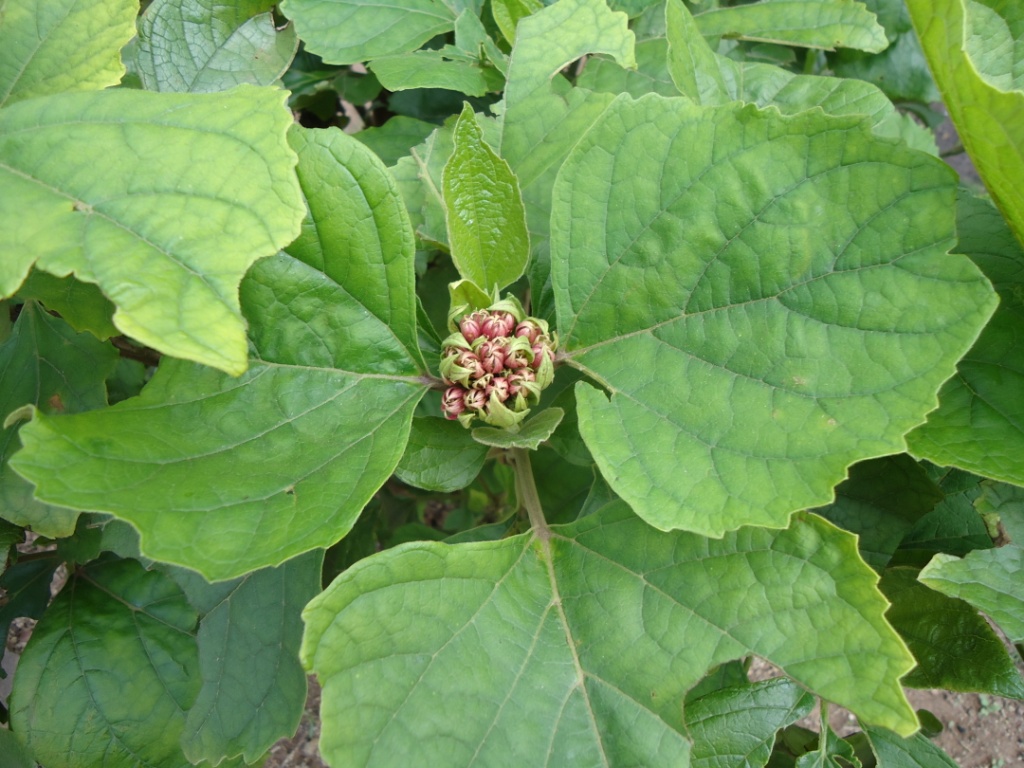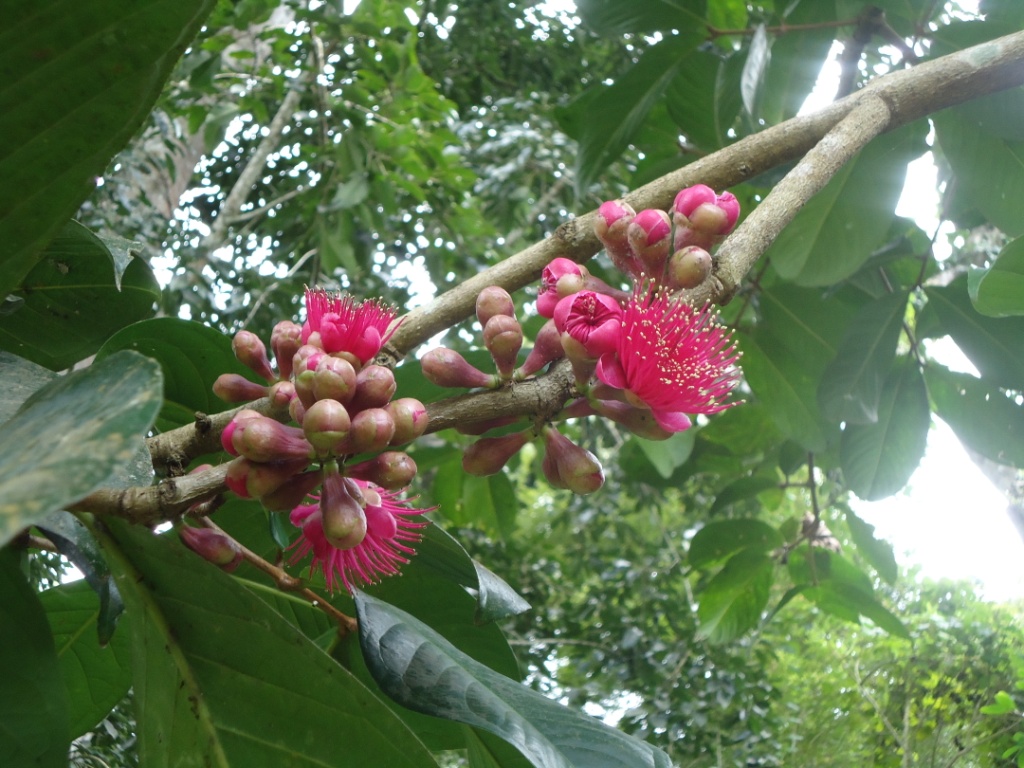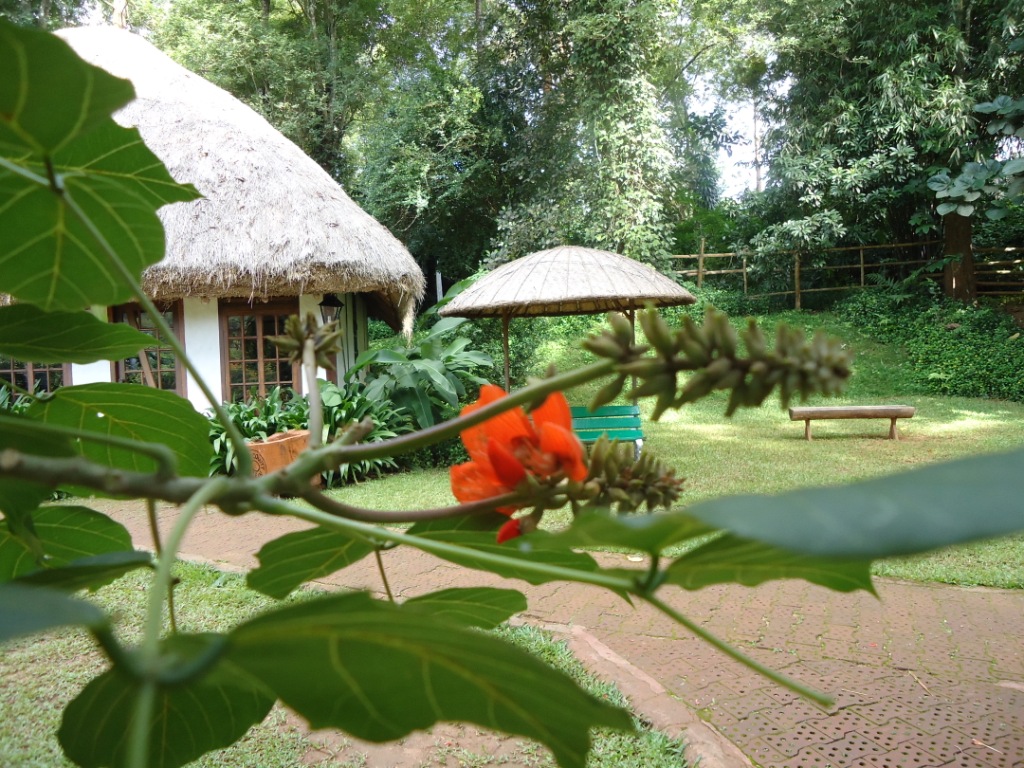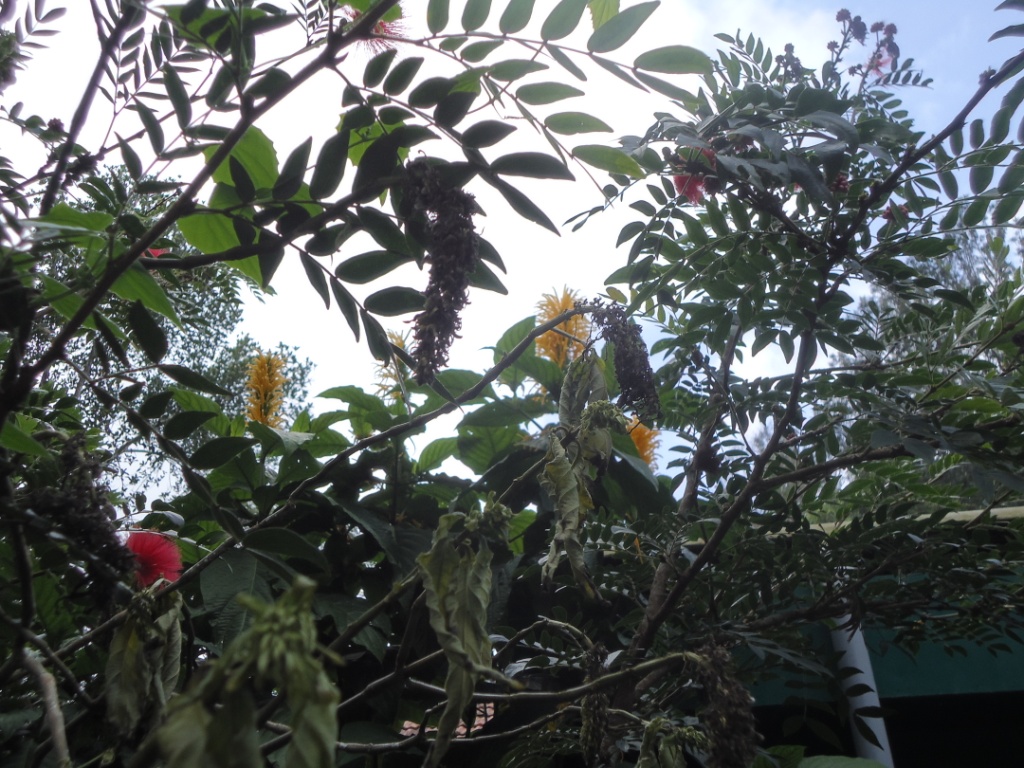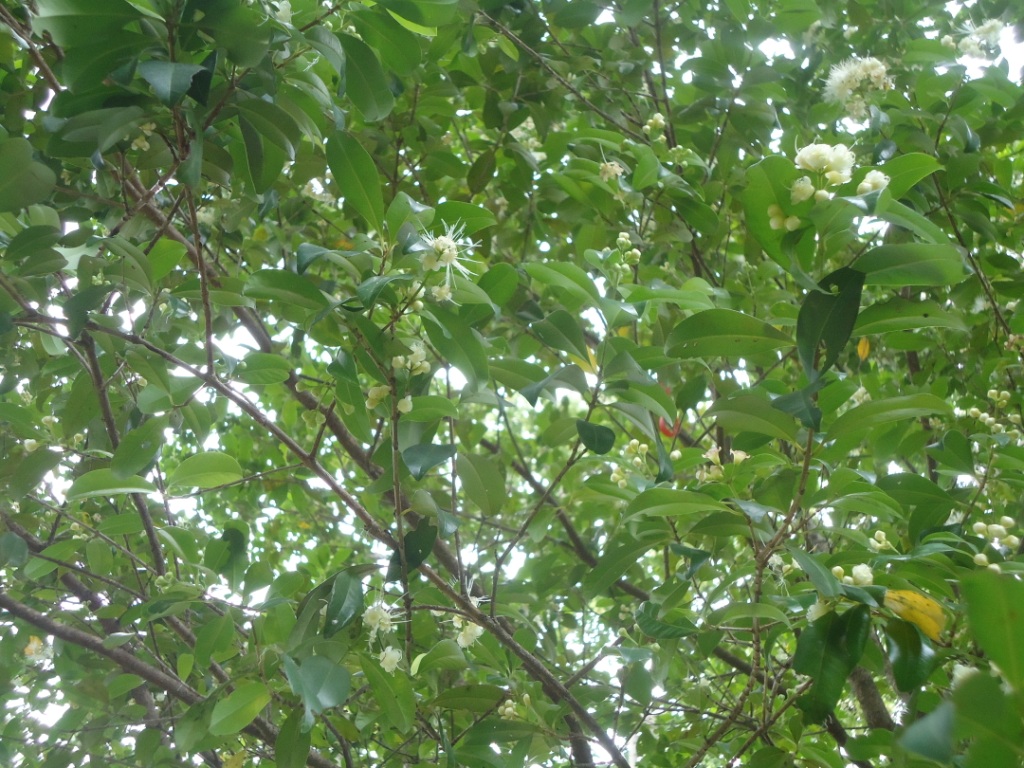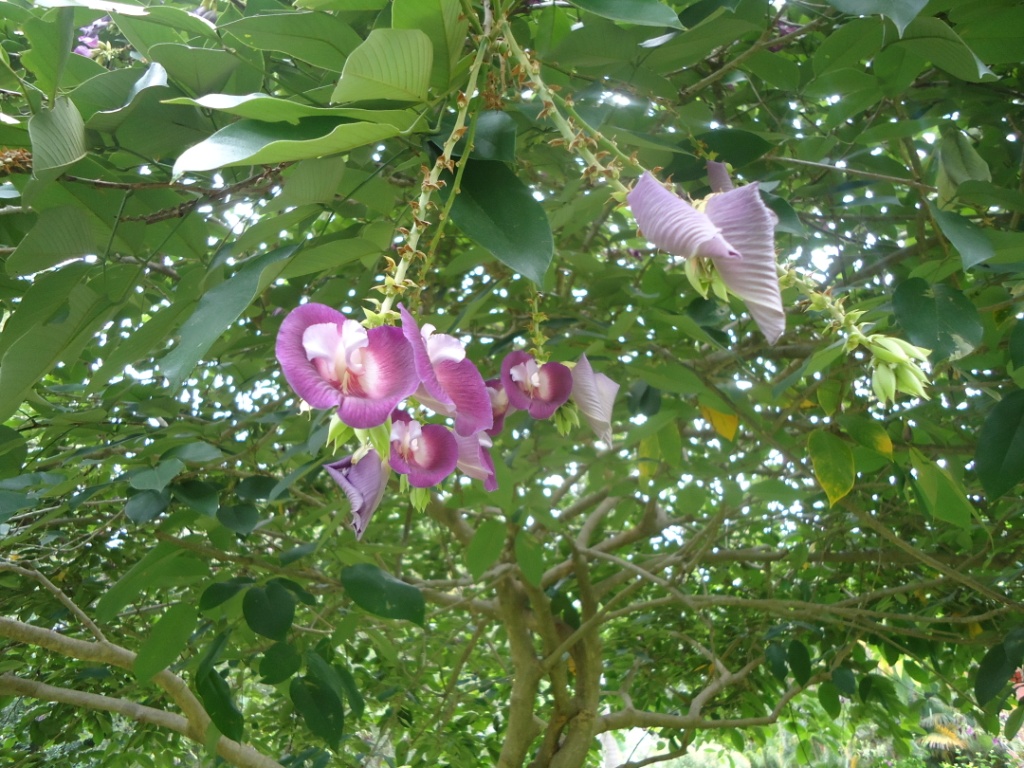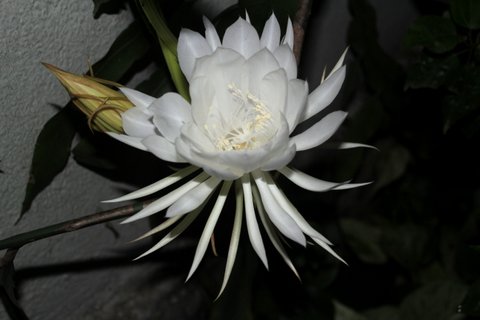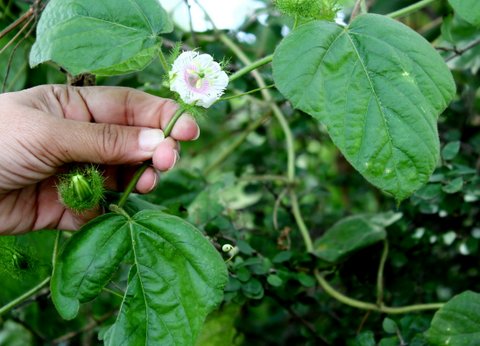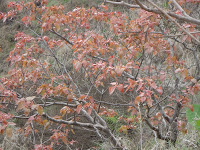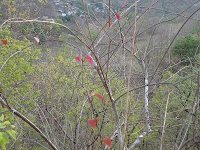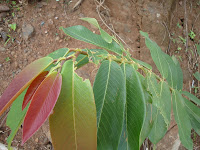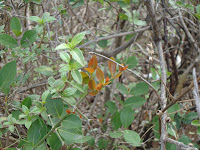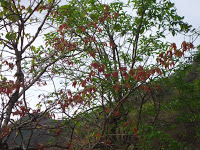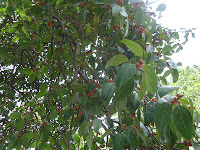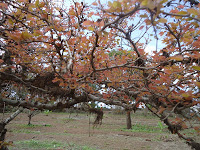This flower is also said to benefit hair health.
Hibiscus or Jaswanda as it is called in Marathi grows profusely in and around Pune but it blooms only for a day. The fully grown buds of Hibiscus bloom after sunrise and shut in the
evening. By the time night falls, the buds are fully closed. While one can buy many types of flowers the Hibiscus and Prajakta are two flowers that are rarely sold in the markets. This can be a challenge for the devout as the buds need not necessarily bloom on the day of their Pooja. This may not always happen. So one commonly sees people straining to pluck buds from trees growing along compound walls as they return from their morning walks!
A relative told me a method to ‘trick’ the buds to delay their blooming. This way one can collect mature buds and get them to flower later than the day they would normally. My experiment aimed for a one-day delay but maybe it will work for two days as well. I’ll try that the next time I have a bigger harvest of mature buds and let you all know!!
Here is what I did and I have a set of photographs to show you how the bud/flower behaved.
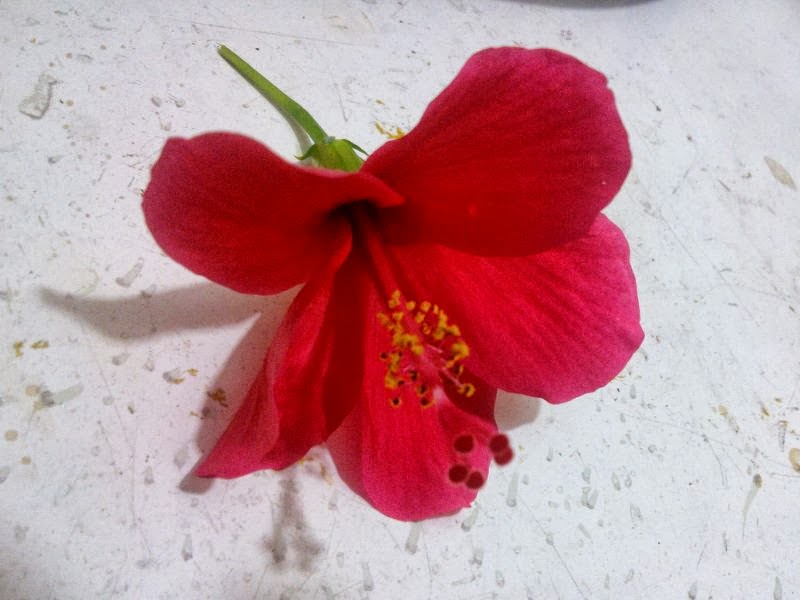
On a particular day (lets call it Day minus 1) my Hibiscus had about five mature buds that were set to open the next day (lets call it Day 1). I wanted to use the flower on the day after that (to be called Day 2). Under normal circumstances, the buds would have all bloomed on Day 1 and I would have had no blooming flowers on Day 2.
I plucked the buds and kept two of them in the fridge on the evening on Day minus 1.
On Day 1, I took them out and let them stand in some water. The buds were still tightly closed, the other buds of the same ‘age’ had bloomed fully. I used them in my Pooja.
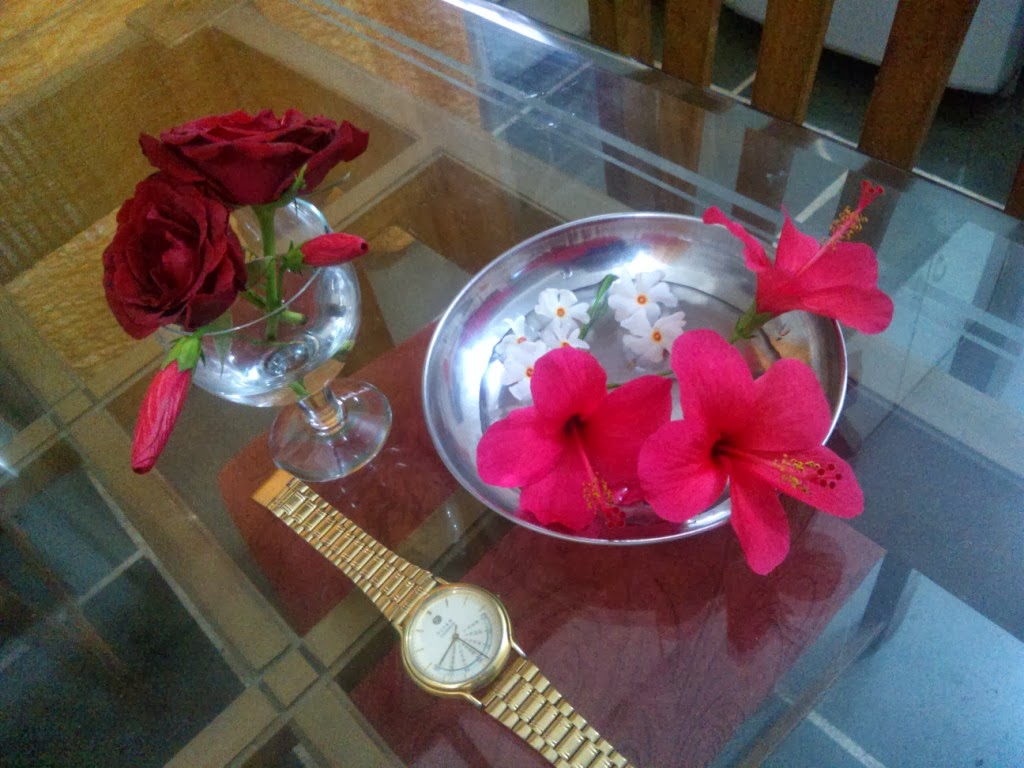 |
| 1. Hibiscus buds were tightly closed after being kept ovenight in the fridge |
The petals opened slowly and I monitored their progress through Day 1. The photographs have been taken in the afternoon, late evening and night.
 |
| 2. About one hour outside the fridge. |
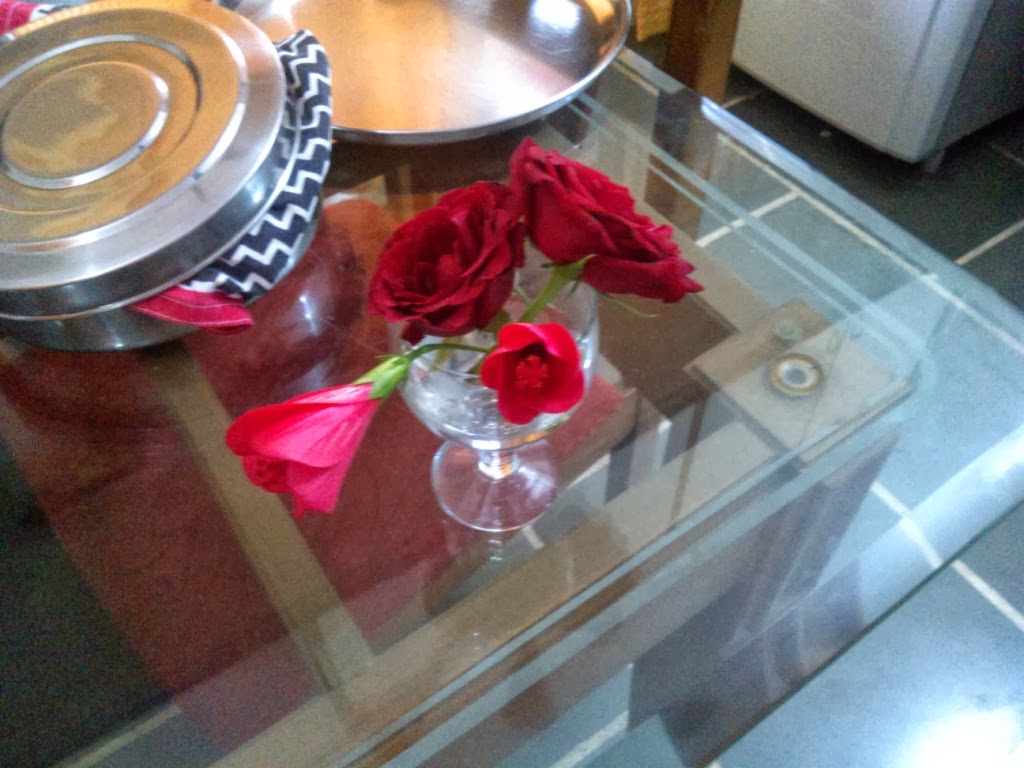 |
| 3. Afternoon of Day 1. Petals start opening |
 |
| 4. Evening of Day 1: Partially open buds |
At end of Day 1, the other flowers had closed and these remained in the partially open state.
The buds stayed in water overnight in the room.
 |
| 5. Night Day 1. Partially opened flowers. (9.29PM) |
Day 2: The buds bloomed fully and stayed open for the entire day. The petals shut tightly as the end ended.
 |
| 6. Fully open flowers (5.40AM) |
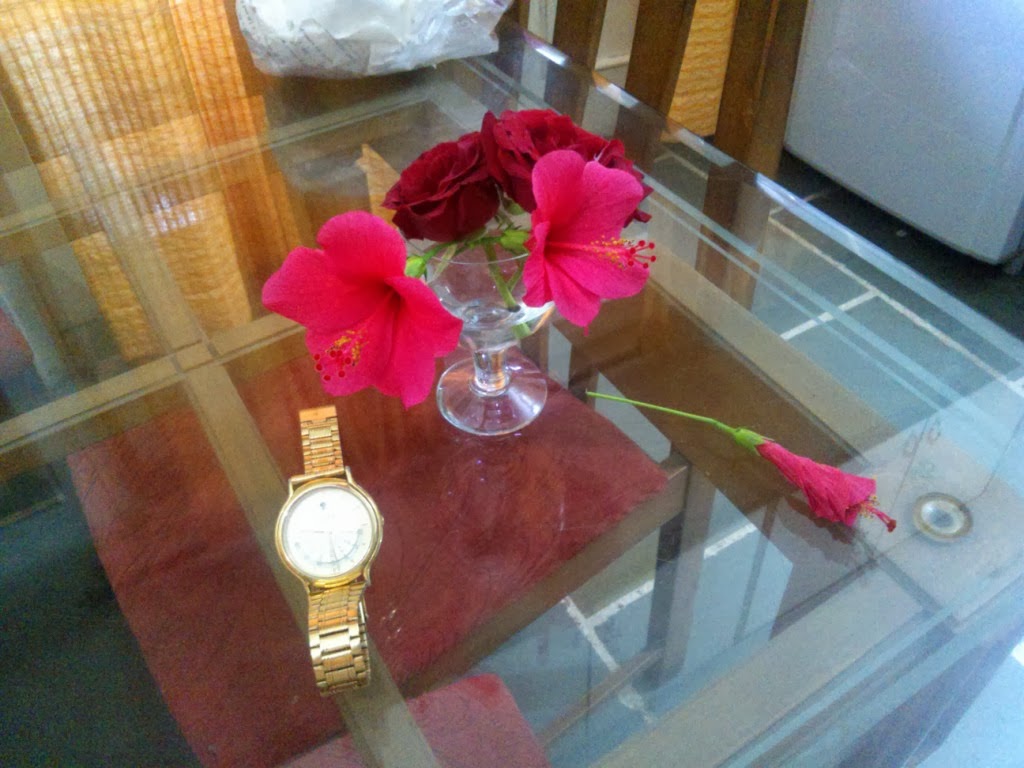 |
| 7. The flower of the previous day (Day 1) had closed. These flowers stayed fresh and fully open. (9.29AM) |
 |
| 8. Petals close in the evening. (6.09PM) |
This seems to suggest that the flowers can be ‘tricked’ into blooming later. Their overnight stay in the dark refrigerator must have worked.
While writing this post, I came across this article that offers tips to keep Hibiscus flowers open.
I do not know if we can keep the buds in the fridge for another day
so that they can bloom on Day 3. If any of you tries this, do let us
know.
Take care!
Update (07 Oct 2013): Recently I have seen Hibiscus flowers for sale but this is very very rare. In the meantime you can try my experiment…
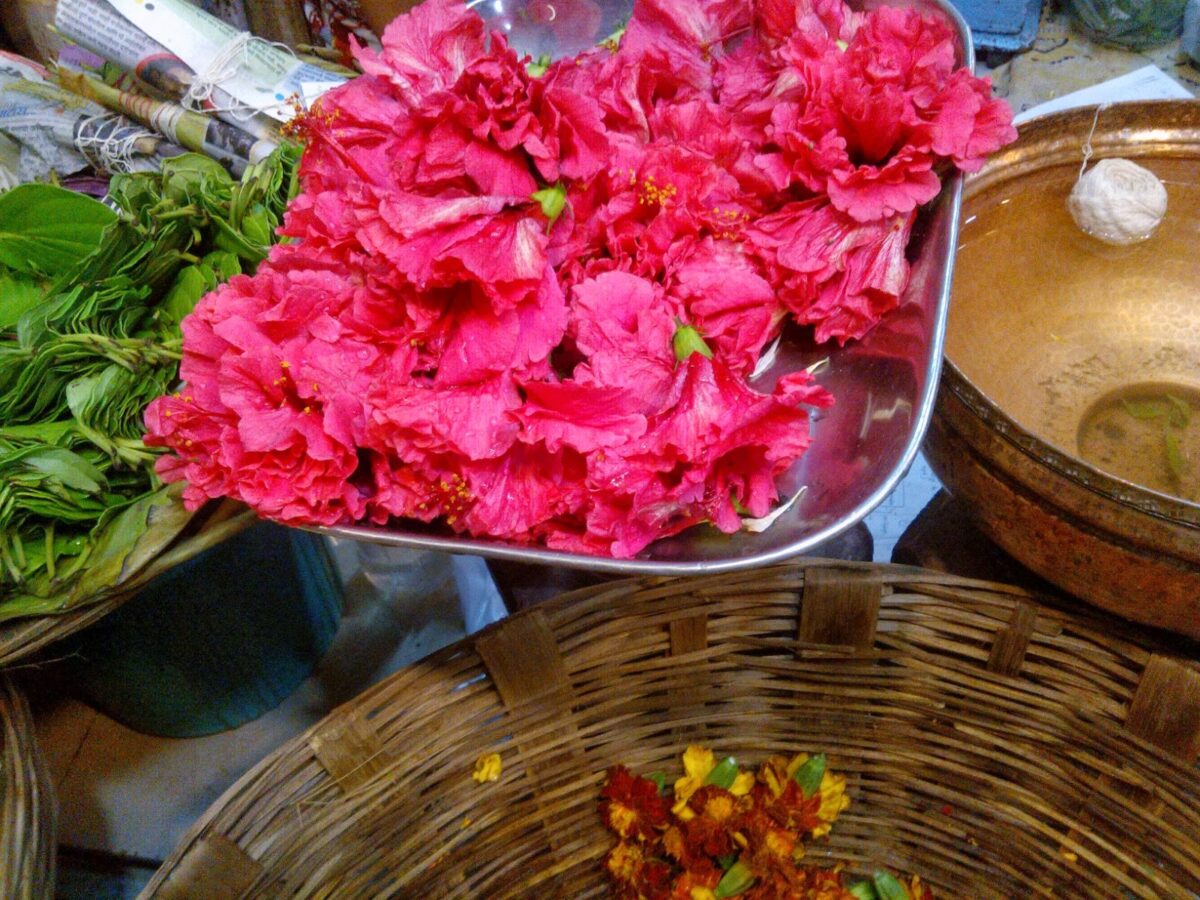 |
| Hibiscus flowers are not always sold in the market. |
